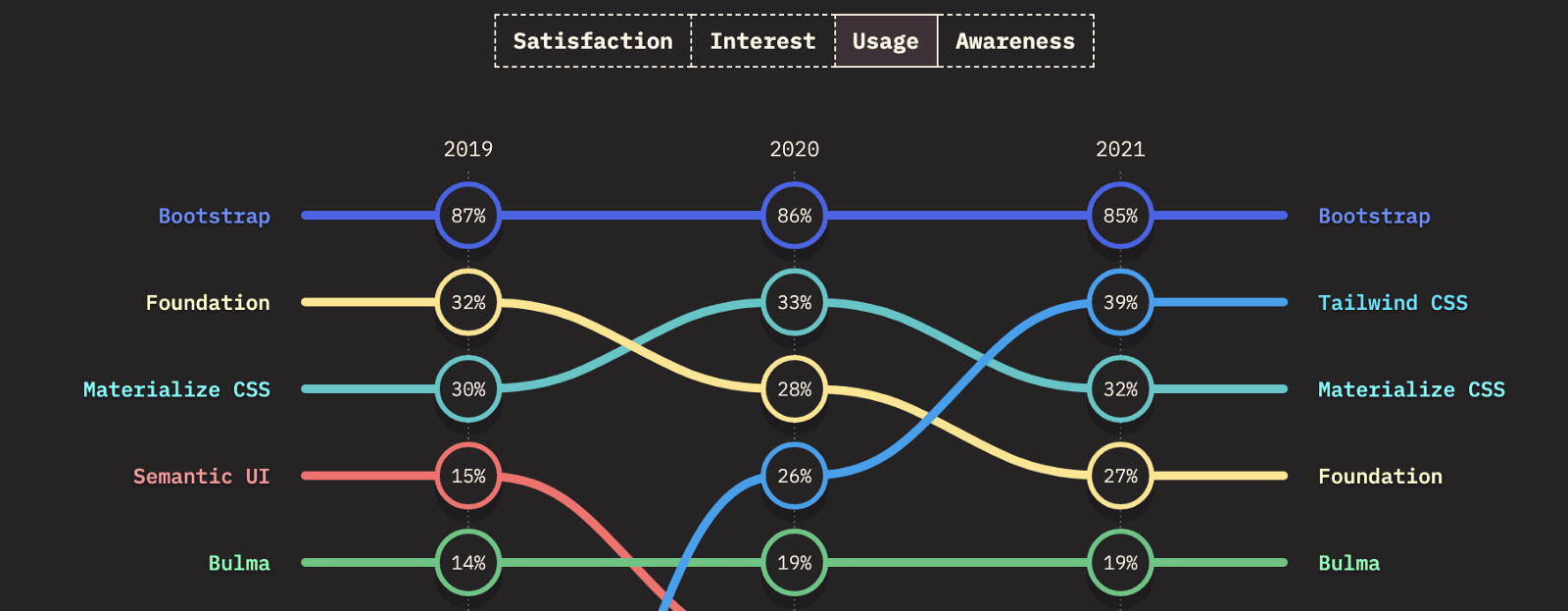Shop At Haya: Your Ultimate Shopping Guide
Discover the best shopping tips, trends, and deals for a smarter buying experience.
CSS Frameworks: Your Best Friends in Web Development
Unlock your web development potential! Discover why CSS frameworks are your secret weapon for stunning, responsive designs.
What Are CSS Frameworks and How Do They Enhance Web Development?
CSS frameworks are pre-prepared libraries that help developers create responsive and aesthetically pleasing websites with ease. They provide a structured foundation that includes a variety of CSS styles, components, and layouts, allowing developers to focus on functionality rather than starting from scratch. Popular examples include Bootstrap, Foundation, and Bulma. By utilizing these frameworks, web developers can significantly expedite their workflow, reduce the amount of custom code needed, and ensure consistency across their designs.
One of the key benefits of using a CSS framework is its ability to enhance web development by promoting best practices and encouraging efficient coding. For instance, many frameworks come with built-in grid systems that simplify the process of creating responsive layouts. Additionally, they provide standardized components such as buttons, navigation bars, and modals, which lead to a cohesive look and feel throughout the site. Ultimately, CSS frameworks streamline development processes, making it easier for teams to collaborate, iterate, and maintain their projects over time.

Top 5 CSS Frameworks to Boost Your Web Development Projects
When it comes to enhancing your web development projects, utilizing a CSS framework can dramatically improve both your workflow and the quality of your final product. CSS frameworks provide a library of pre-written CSS styles and components that help streamline the design process. Here are the top 5 CSS frameworks to consider:
- Bootstrap - This is perhaps the most popular CSS framework, known for its responsive grid system and extensive pre-built components.
- Tailwind CSS - A utility-first framework that allows you to create custom designs without having to leave your HTML.
- Foundation - Developed by ZURB, this framework offers a solid set of responsive design elements and features.
- Bulma - An easy-to-use framework that focuses on Flexbox and is great for modern web applications.
- Semantic UI - A framework that provides a variety of themes and components based on natural language, making it very intuitive.
CSS Frameworks vs. Custom CSS: Which Is Right for Your Next Project?
When it comes to web development, choosing between CSS frameworks and custom CSS is a critical decision that can significantly influence your project’s success. CSS frameworks like Bootstrap, Tailwind, or Foundation offer pre-built styles and components that can speed up development time and ensure a consistent design. This can be particularly advantageous for developers who are under tight deadlines or those who prefer not to reinvent the wheel. However, reliance on a framework can sometimes lead to bloated code and less flexibility when it comes to unique design elements.
On the other hand, opting for custom CSS allows for complete control over the design and layout of your project. With custom CSS, you can create a unique style that aligns perfectly with your brand identity, free from the constraints imposed by a framework. Although it may require more time and effort to develop, the end result can be a thoroughly personalized user experience that sets your project apart. Ultimately, the decision between CSS frameworks and custom CSS should be based on your project’s specific needs, timeline, and your team’s expertise.